Understanding Landing Page Optimization for Success

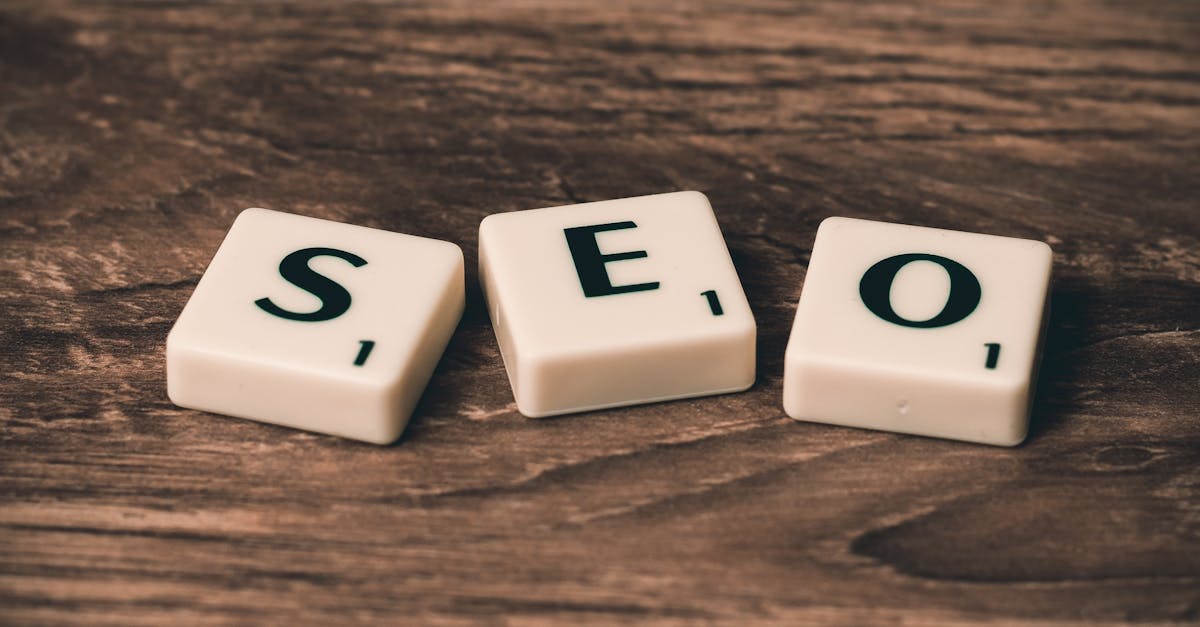
Landing page optimization sounds technical but its impact on your bottom line is anything but boring. Optimized landing pages can increase conversion rates by over 200 percent compared to standard web pages. Most people expect complex design tweaks or flashy graphics to do the heavy lifting. What actually moves the needle is understanding real human behavior and shaping the journey so it feels seamless all the way to the finish line.
Table of Contents
- What Is Landing Page Optimization And Its Purpose?
- The Importance Of Landing Page Optimization In Digital Marketing
- Key Elements That Contribute To Effective Landing Page Optimization
- How User Behavior Influences Landing Page Performance
- Measuring Success: Metrics For Landing Page Optimization
Quick Summary
| Takeaway | Explanation |
| Optimize for user experience | Create landing pages that reduce friction and guide users naturally towards conversion actions. |
| Leverage psychological triggers | Use trust signals and social proof to enhance visitor engagement and encourage actions. |
| Track key performance metrics | Focus on conversion rates and bounce rates to gauge landing page effectiveness and make data-driven improvements. |
| Craft compelling content | Develop clear value propositions and engaging visuals that attract and retain user attention. |
| Design strategically for conversions | Position call-to-action elements effectively and maintain a clean layout to facilitate seamless user journeys. |
What is Landing Page Optimization and Its Purpose?
Landing page optimization represents a strategic digital marketing approach focused on enhancing web pages to maximize visitor conversion rates. According to research in interactive marketing, this process involves systematically improving webpage elements to transform passive traffic into active customer engagement.
Defining Landing Page Optimization
At its core, landing page optimization is about creating a targeted web experience that persuades visitors to take a specific action. This could range from purchasing a product and signing up for a newsletter to downloading a resource. The goal is to reduce friction in the user journey, making the desired action feel natural and compelling.
Key Components of Effective Landing Page Optimization:
-
Clear and concise value proposition
-
Streamlined user interface design
-
Persuasive and relevant content
-
Strategic placement of call-to-action elements
Understanding the Strategic Purpose
Optimization goes beyond aesthetic improvements. It involves deep understanding of user psychology, analyzing visitor behavior, and making data-driven refinements. By read more about our optimization strategies, businesses can create landing pages that not only attract attention but convert visitors into customers.
The ultimate purpose of landing page optimization is to increase conversion rates while providing a seamless, engaging user experience that meets both business objectives and visitor expectations.
Below is a feature table summarizing the core elements and strategic benefits of effective landing page optimization as described in the article.
| Key Element | Description | Strategic Benefit |
| Value Proposition | Clear, concise statement of what is offered | Increases relevance and conversion |
| User Interface Design | Streamlined, easy-to-navigate layout | Reduces friction for user actions |
| Persuasive Content | Messaging that addresses user needs and motivations | Drives engagement and trust |
| Call-to-Action Placement | Strategic location of buttons and prompts | Guides users toward desired actions |
| Visual Appeal | High-quality imagery and consistent color schemes | Captures attention and builds brand |
| Trust Signals | Testimonials, security badges, social proof | Increases credibility and confidence |
| Metric Tracking | Measurement of conversion, bounce rates, and engagement | Enables data-driven improvements |
The Importance of Landing Page Optimization in Digital Marketing
In the competitive digital marketing landscape, landing page optimization emerges as a critical strategy for businesses seeking measurable growth and enhanced online performance. According to research in digital marketing studies, effective landing page optimization can dramatically improve conversion rates and customer engagement.
Converting Visitors into Customers
Landing pages serve as the critical intersection between marketing efforts and user experience. By carefully designing these targeted web pages, businesses can transform casual website visitors into potential customers. This conversion process requires understanding user psychology, creating compelling narratives, and removing potential barriers that might prevent users from taking desired actions.
Strategic Advantages of Landing Page Optimization:
-
Increased conversion rates
-
Better understanding of user behavior
-
Improved return on marketing investments
-
Enhanced user experience
Measuring Marketing Effectiveness
Optimization is not just about aesthetics but about creating data-driven experiences. By exploring our comprehensive digital marketing KPIs guide, businesses can understand how landing page performance directly correlates with overall marketing success. Tracking metrics like bounce rates, time on page, and conversion percentages provides invaluable insights into user engagement and campaign effectiveness.
The following table presents key performance metrics for landing page optimization, along with a brief explanation of what each metric reveals about user engagement and conversion effectiveness.
| Metric | What It Measures | Why It Matters |
| Conversion Rate | Percentage of visitors completing action | Direct measure of page effectiveness |
| Bounce Rate | Percent leaving after viewing one page | Indicates potential friction or mismatch |
| Average Time on Page | How long users spend on the landing page | Signals engagement or confusion |
| Click-through Rate | Ratio of users clicking CTA or link | Gauges CTA appeal and clarity |
| Cost per Conversion | Average cost to acquire each conversion | Reflects ROI and campaign efficiency |
Ultimately, landing page optimization represents a sophisticated approach to digital marketing that bridges strategic communication with measurable business outcomes.
Key Elements That Contribute to Effective Landing Page Optimization
Crafting a high-performing landing page requires strategic integration of multiple critical elements. According to research from North Carolina State University, successful landing pages are meticulously designed to guide users toward specific conversion actions.
Compelling Visual and Textual Components
The visual presentation and messaging of a landing page play pivotal roles in capturing and maintaining visitor attention. Effective landing pages combine aesthetically pleasing design with clear, concise communication. This means developing headline copy that immediately communicates value, using high-quality imagery that reinforces the message, and creating a clean layout that reduces cognitive load for visitors.

Core Visual and Messaging Elements:
-
Strong, benefit-driven headline
-
Engaging and relevant imagery
-
Clear typography and readable font styles
-
Consistent color scheme aligned with brand identity
Strategic Conversion Architecture
Beyond aesthetics, landing pages must be architecturally designed to facilitate user conversion. This involves strategic placement of call-to-action buttons, minimizing form fields, and understanding site architecture best practices. The goal is to create a frictionless path that guides visitors from initial interest to final conversion with minimal resistance.
Key conversion elements include trust indicators like customer testimonials, security badges, and transparent value propositions that reassure potential customers about the credibility and benefits of taking the desired action.
How User Behavior Influences Landing Page Performance
Understanding user behavior is fundamental to creating high-converting landing pages. According to research in human-computer interaction, users interact with web pages through complex cognitive and visual processes that significantly impact conversion potential.
Cognitive Processing and Attention Dynamics
Users typically scan web pages in milliseconds, making first impressions critically important.
The human brain processes visual information hierarchically, meaning landing pages must strategically guide attention through intentional design elements. This involves understanding how users perceive visual hierarchies, interpret color schemes, and navigate informational spaces.
Key User Behavior Patterns:
-
Rapid visual scanning from top left to bottom right
-
Preference for clear, concise information
-
Immediate evaluation of page relevance
-
Quick decision making based on visual cues
Psychological Triggers in Conversion
Successful landing pages leverage psychological principles to influence user behavior. By exploring website engagement strategies, businesses can understand how trust signals, social proof, and emotional resonance drive user actions. The most effective landing pages create an immediate sense of connection and demonstrate clear value propositions that align with user motivations and expectations.
Ultimately, understanding user behavior transforms landing page design from a purely aesthetic exercise to a sophisticated strategy of psychological engagement and conversion optimization.
Measuring Success: Metrics for Landing Page Optimization
Successful landing page optimization relies on precise measurement and data-driven insights. According to research in digital marketing performance, understanding key performance indicators provides critical insights into landing page effectiveness.
Core Conversion Performance Metrics
Conversion metrics transform raw data into actionable business intelligence. These metrics reveal how effectively a landing page converts visitors into potential customers.
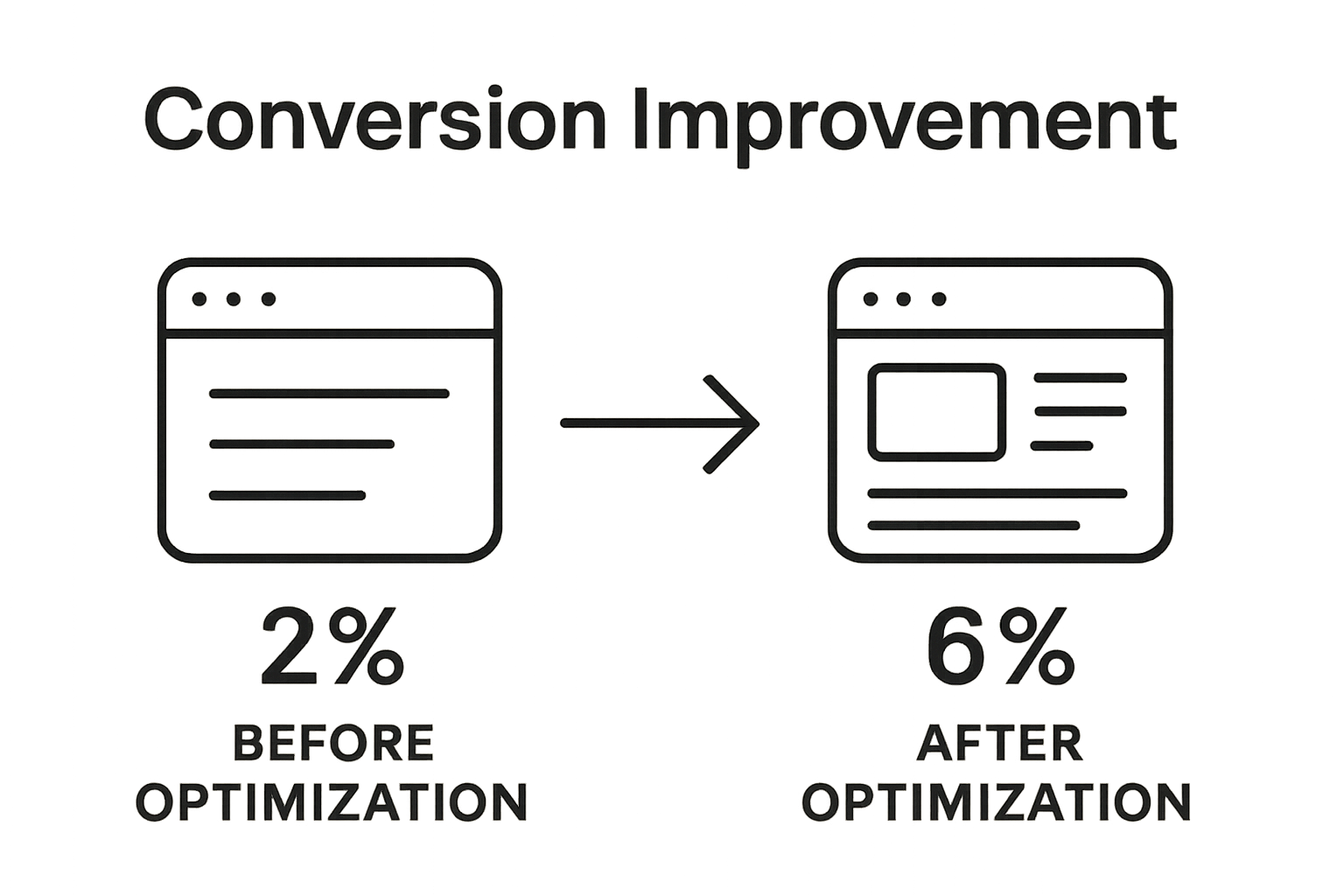 By tracking specific indicators, businesses can understand user behavior, identify potential friction points, and continuously refine their digital strategy.
By tracking specific indicators, businesses can understand user behavior, identify potential friction points, and continuously refine their digital strategy.
Essential Landing Page Performance Indicators:
-
Conversion rate
-
Bounce rate
-
Average time on page
-
Click-through rate
-
Cost per conversion
Strategic Metric Analysis
Measuring landing page performance goes beyond simple number tracking. Learn more about comprehensive SEO success measurement, which provides deeper insights into how landing pages contribute to overall digital marketing objectives. Advanced analysis involves comparing metrics across different traffic sources, understanding user segments, and correlating landing page performance with broader marketing campaigns.
Ultimately, successful landing page optimization is a continuous process of measurement, analysis, and strategic refinement, transforming data into meaningful business growth opportunities.
Transform Your Landing Page Optimization Into Real Results With AI-Driven SEO
Are you struggling to turn landing page visitors into real customers? If you find it challenging to analyze visitor behavior, achieve higher conversion rates, or continuously improve your pages, you are not alone. Many businesses know the importance of strong landing pages but often get stuck trying to combine effective content, user-centered design, and clear calls to action. The key concepts from our article—such as frictionless user journeys, strategic landing page elements, and actionable performance metrics—are exactly what Babylovegrowth.ai was built to solve.
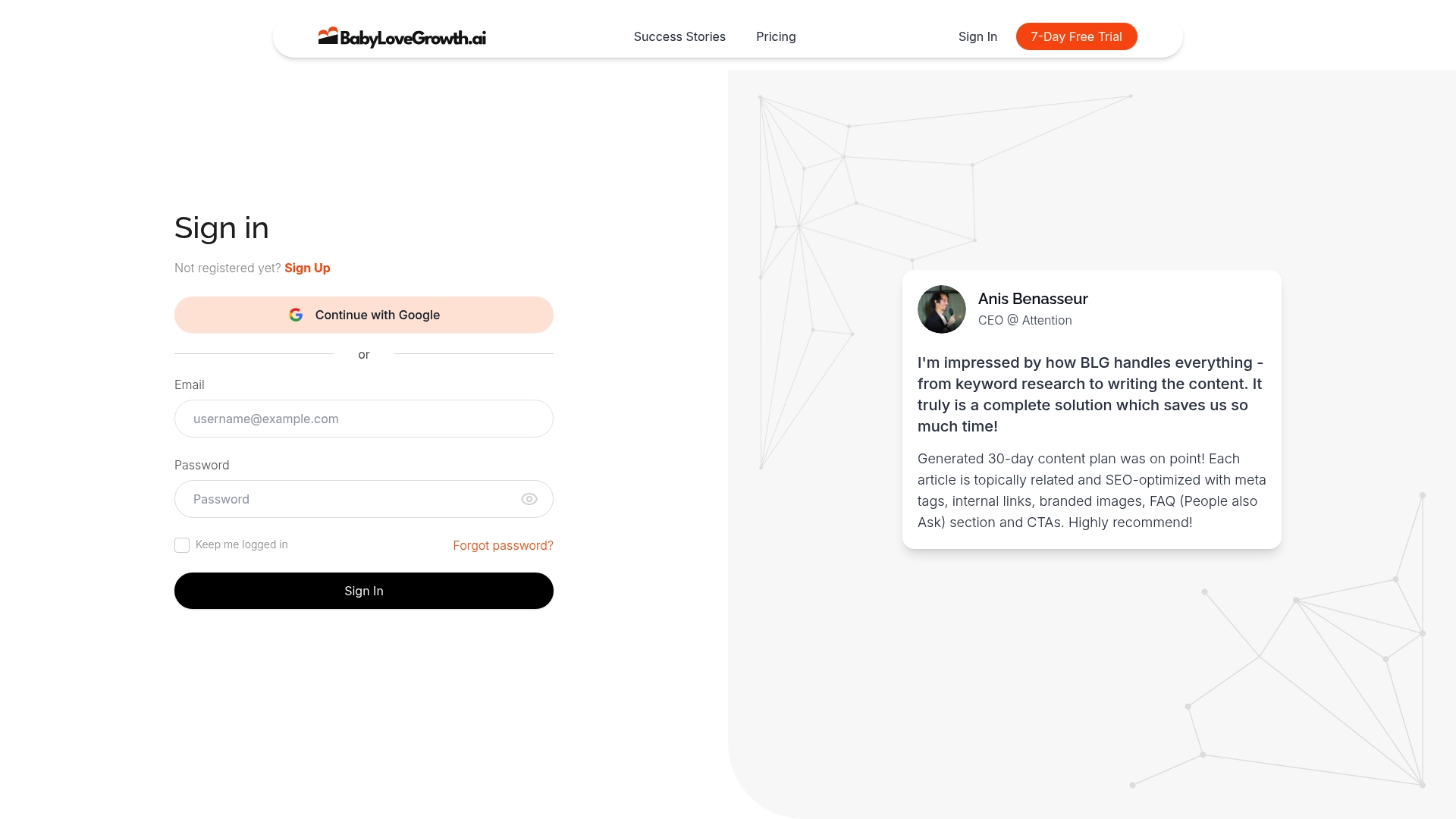
Let our platform automate your landing page content creation and optimization process. With our AI-powered tools, you get personalized content plans, action-based analytics, and proven strategies that help you rank higher on Google and ChatGPT, attract more organic traffic, and boost your conversions. See how your business can benefit by starting a free trial at Babylovegrowth.ai today. If you want to learn more about proven strategies for landing page success, visit our Optimizing Landing Pages: Proven Strategies resource and take your optimization efforts to the next level now.
Frequently Asked Questions
What is landing page optimization?
Landing page optimization is the process of enhancing web pages to increase visitor conversion rates by creating a targeted experience that encourages users to take specific actions such as purchasing a product or signing up for a newsletter.
Why is landing page optimization important in digital marketing?
Landing page optimization is crucial as it transforms casual visitors into customers, improves user experience, increases conversion rates, and enhances return on marketing investments.
What are the key elements of an effective landing page?
Key elements of an effective landing page include a clear value proposition, aesthetically pleasing design, persuasive content, streamlined layout, and strategically placed call-to-action buttons to guide users toward conversion.
How can user behavior affect landing page performance?
User behavior affects landing page performance as individuals tend to scan pages quickly and make immediate decisions. Understanding cognitive processing and attention dynamics helps create designs that effectively capture and retain visitor interest.
Recommended
Smart SEO,
Faster Growth!
Most Read Articles
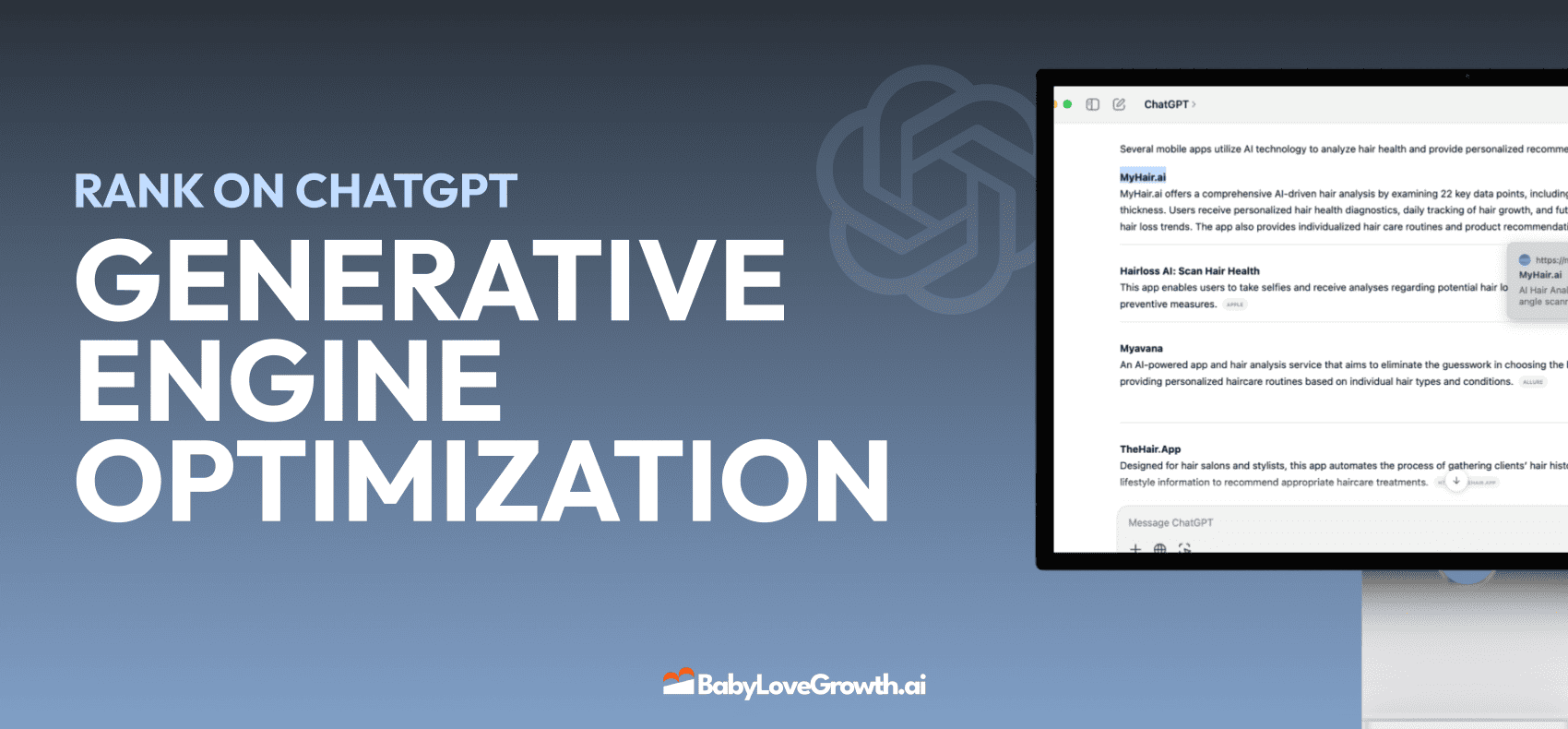
Generative Engine Optimization (GEO)
Learn how Generative Engine Optimization (GEO) helps your content rank in AI search engines like ChatGPT and Google AI. This comprehensive guide explains the differences between SEO and GEO, why it matters for your business, and practical steps to implement GEO strategies for better visibility in AI-generated responses.
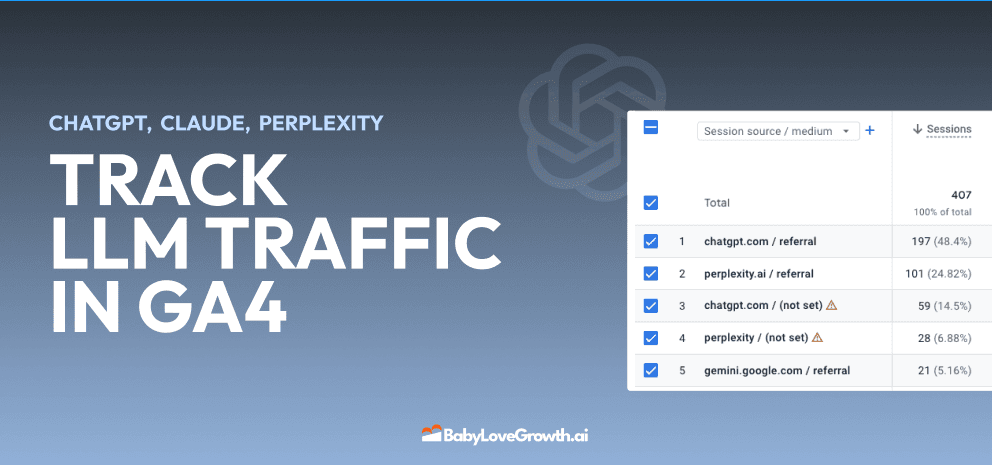
Track LLM Traffic in Google Analytics 4 (GA4)
Learn how to track and analyze traffic from AI sources like ChatGPT, Claude, Perplexity, and Google Gemini in Google Analytics 4. This step-by-step guide shows you how to set up custom filters to monitor AI-driven traffic and make data-driven decisions for your content strategy.
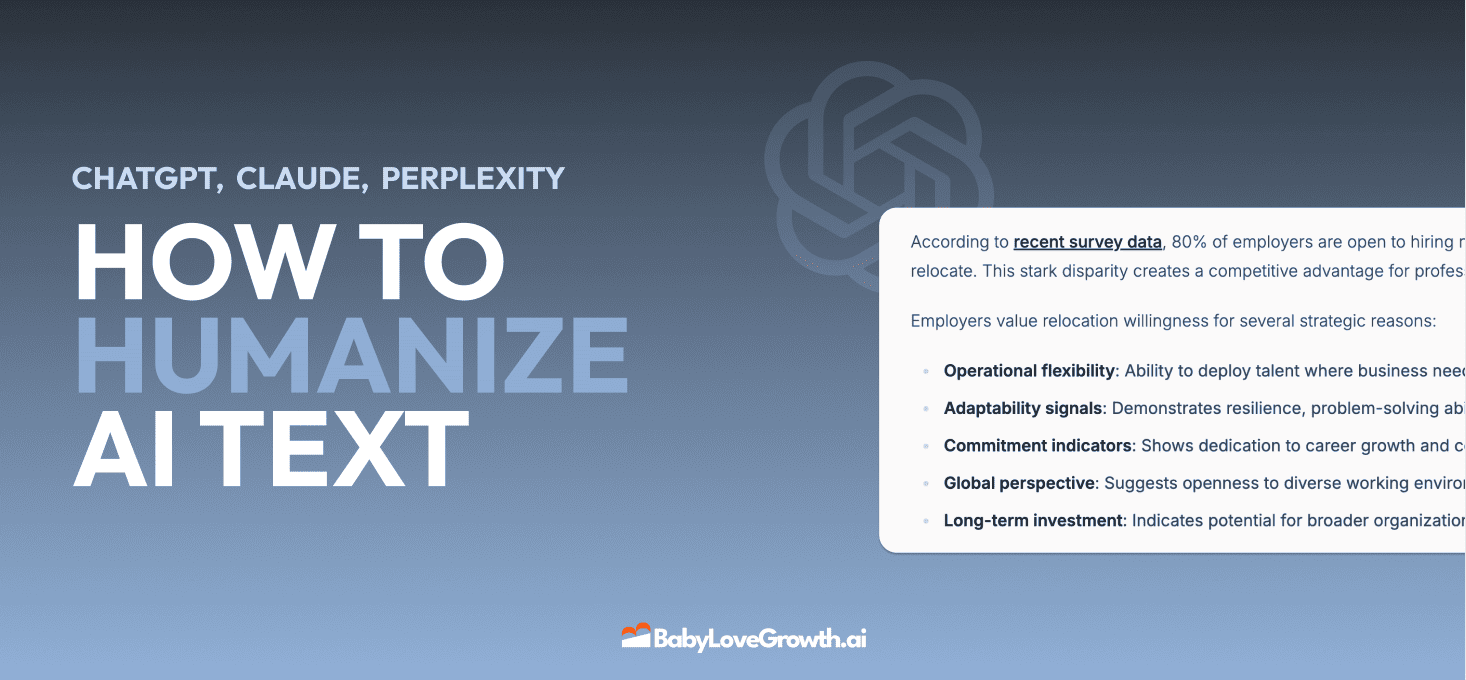
How to Humanize AI Text with Instructions
Learn practical techniques to make AI-generated content sound more natural and human. This guide covers active voice, direct addressing, concise writing, and other proven strategies to transform robotic text into engaging content.
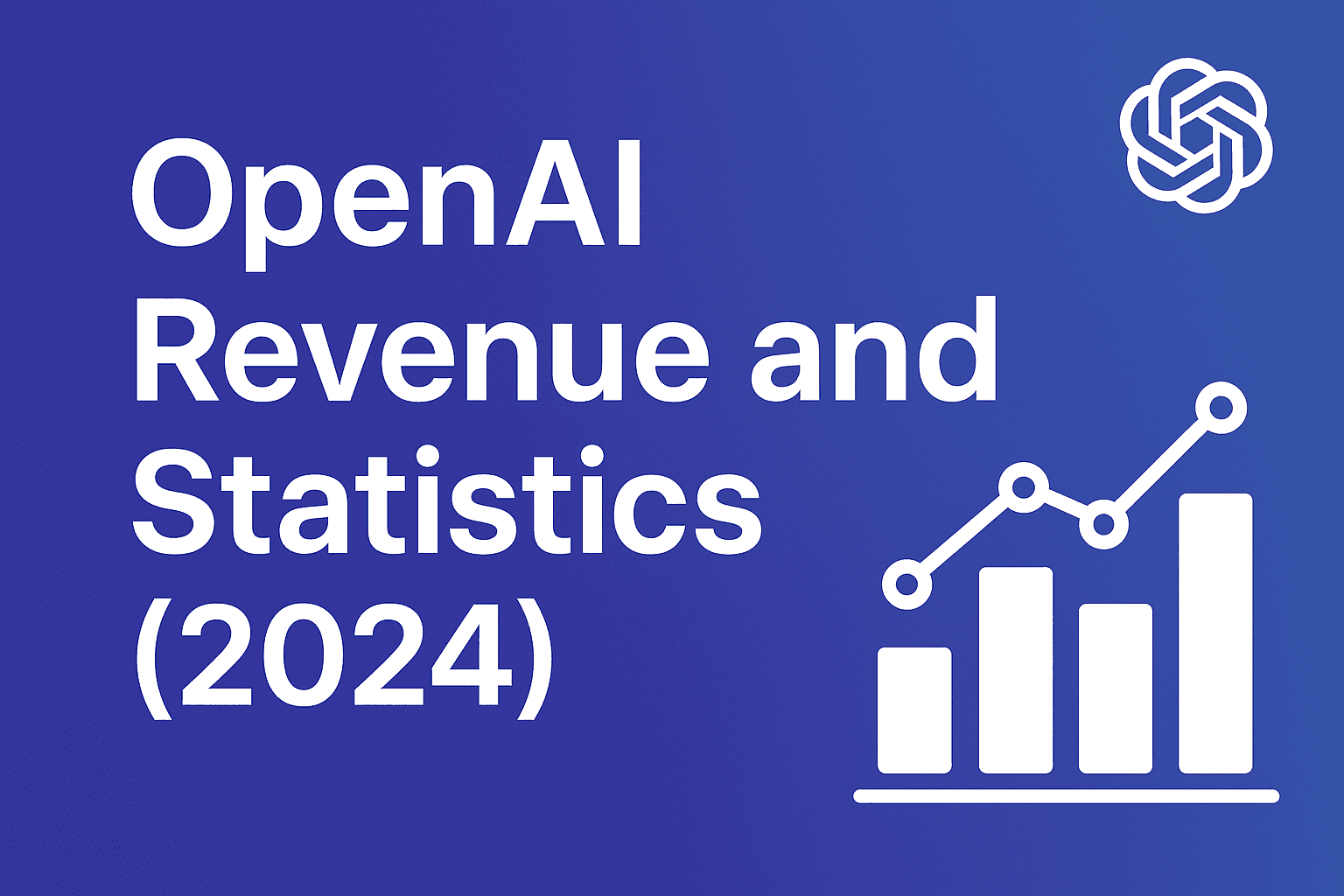
Open AI Revenue and Statistics (2024)
Comprehensive analysis of OpenAI financial performance, user engagement, and market position in 2023. Discover key statistics including $20B valuation, $1B projected revenue, and 100M+ monthly active users.